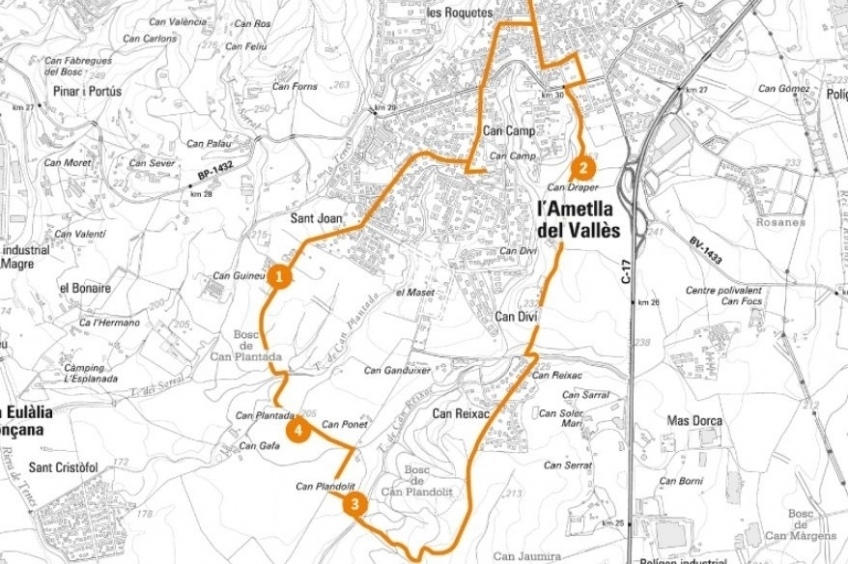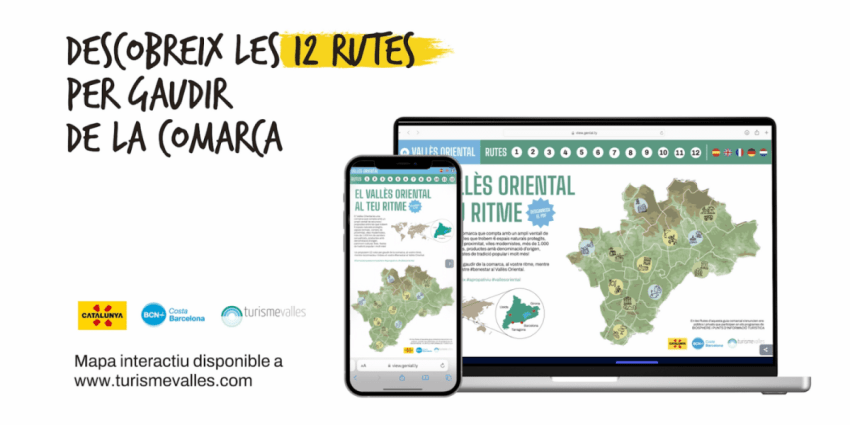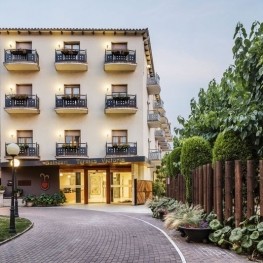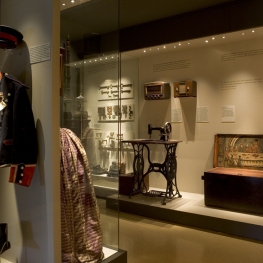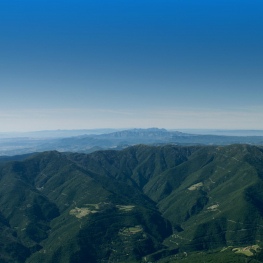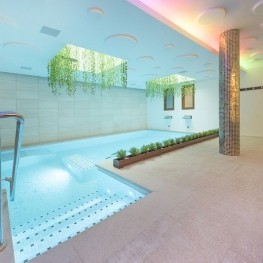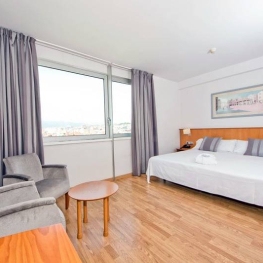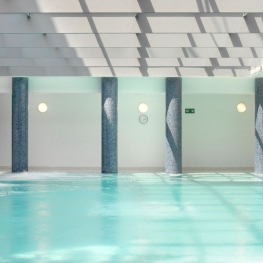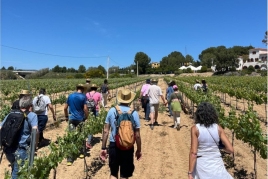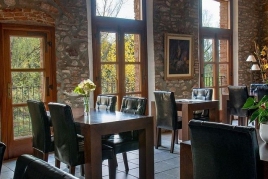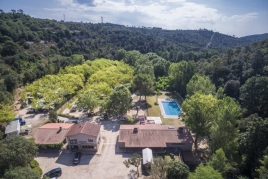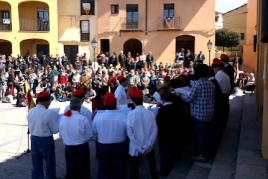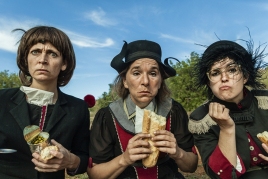Masías and Refugees in the Ametlla del Vallès
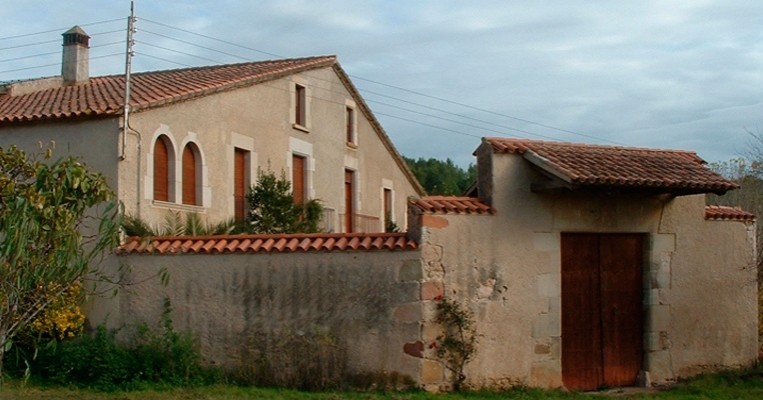
This tour is a walk through the most important farmhouses and the history of agriculture in the Ametlla del Vallès, the economic activity that has transformed the territory the most. It also introduces us into the life and personal circumstances of many refugees from the Spanish Civil War who found shelter in the village farms, leaving a historical testimony.
The total distance of the route is 6.3 km, with a vertical drop of 120 meters.
Approximate time: 2 hours and 15 minutes, low difficulty.
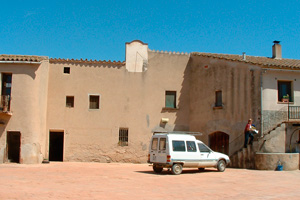 Can Panedes
Can Panedes
Farmhouse with an important agricultural tradition that still conserves this activity. Referred already in the thirteenth century, highlights an imposing era, built in the 20s of the last century. During the Civil War it welcomed several refugees although the written references have not registered the number.
Can Plan 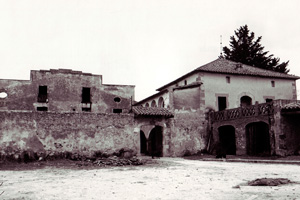 tada
tada
Farmhouse documented since the 12th century. The oldest part that is conserved is the kitchen and date of 1570. The lintel doorway, the sundial, the kitchen with large fireplace -with a stone center of Molí-, the huge dining room or the rooms with frescoes in the nineteenth-century walls are some of the elements that show its historical importance and power.
Highlights, among other elements, the square tower that houses the noble wing, built between the seventeenth and eighteenth centuries; the grotto, which served to keep food fresh; and the old kitchens, which served to accommodate refugees during the civil war.
Can Plandolit
Masia of great majesty, referenced, for the first time, in the year 1132. It rises in an area dominated by the most powerful farmhouses of the Almond - the Plantada, Plandolit and Draper. It conserves a small part of the original nucleus, from the 12th and 13th centuries.
Most of the current building corresponds to the seventeenth century, when the most important extension of the house was made, which was consolidated until the mid-nineteenth century. It has a fortified district built around 1700. During the civil war , 5 refugees from Mequinenza, who arrived in April 1937 , hid themselves.
Can Draper
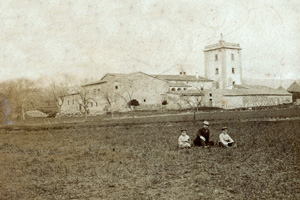 One of the historical farmhouses of the Ametlla with more power, along with Can Plantada, Can Plandolit and Can Xammar de Dalt. It is a complex built between the 12th and 16th centuries, and built around a large central patio. It emphasizes the Gothic decoration in doors and windows and a tower of defense, of quadrangular plant and 4 levels.
One of the historical farmhouses of the Ametlla with more power, along with Can Plantada, Can Plandolit and Can Xammar de Dalt. It is a complex built between the 12th and 16th centuries, and built around a large central patio. It emphasizes the Gothic decoration in doors and windows and a tower of defense, of quadrangular plant and 4 levels.
About 100 meters north of the house is the raft-Drapera. This was filled with water from the Draper irrigation and supplied the garden raft, which has now disappeared. Between 1937 and 1939 there were 14 refugees from different areas of occupied Republican Spain.
Source: City Council of L'Ametlla del Vallès
You may also be interested in: The Civil War, exile and repression in Catalonia
What to do
Balneari Termes Victòria
Caldes de Montbui (a 9.3 Km)At the Balneario Termes Victoria Hotel we want you to feel at…
Cim d'Àligues
Sant Feliu de Codines (a 8 Km)Center specialized in raptors. The flight session and the guided tour of…
Museu Arxiu Tomàs Balvey
Cardedeu (a 8.3 Km)The MATBC houses the collection of its creator, Tomàs Balvey y Bas…
Turisme al Vallès Oriental
(a 7.2 Km)The Vallès Oriental region is ideal for enjoying tourism as a family,…
Where to sleep
Sono and Spa Adults Only
La Garriga (a 3.5 Km)Sono & Spa Adults Only is an aparthotel located on the outskirts…
Balneari Termes Victòria
Caldes de Montbui (a 9.3 Km)At the Balneario Termes Victoria Hotel we want you to feel at…
Aparhotel Atenea Vallès
Granollers (a 7.8 Km)The Atenea Valles Aparthotel Granollers is located in the commercial center of…
Hotel Blancafort Spa Termal
La Garriga (a 2.4 Km)Come to the Hotel Blancafort Thermal Spa and disconnect in the quiet…

